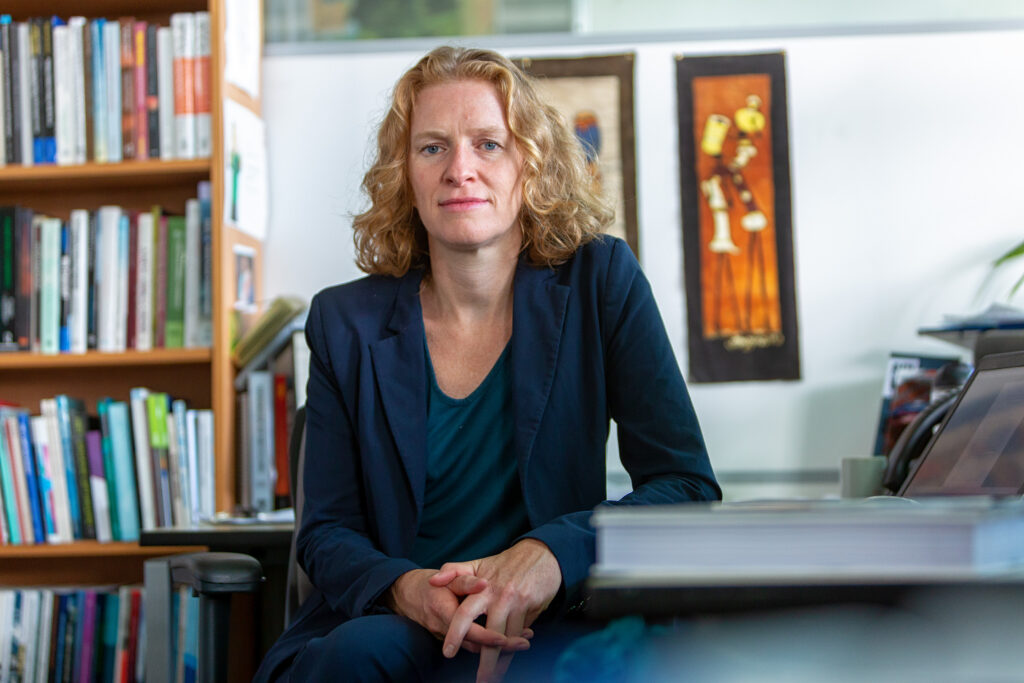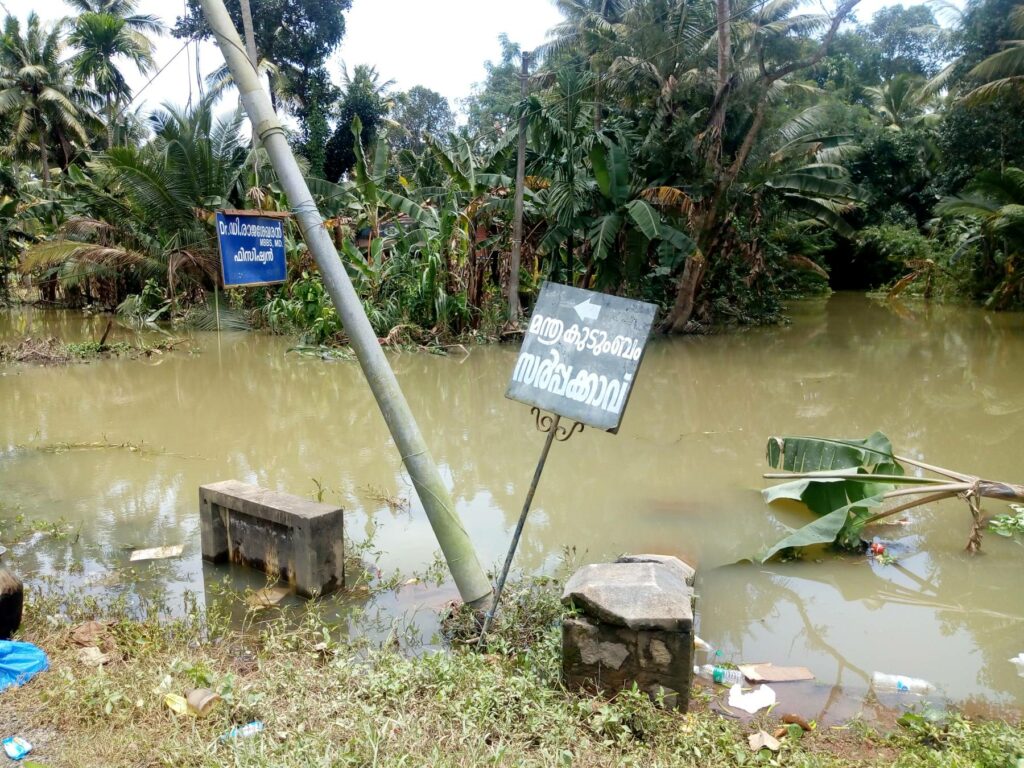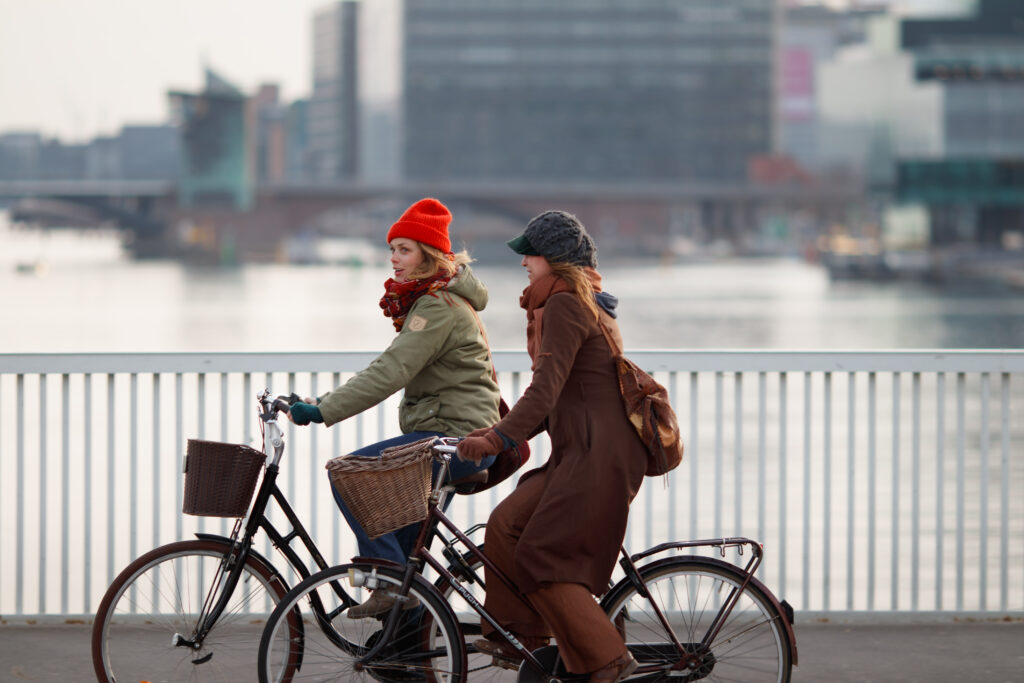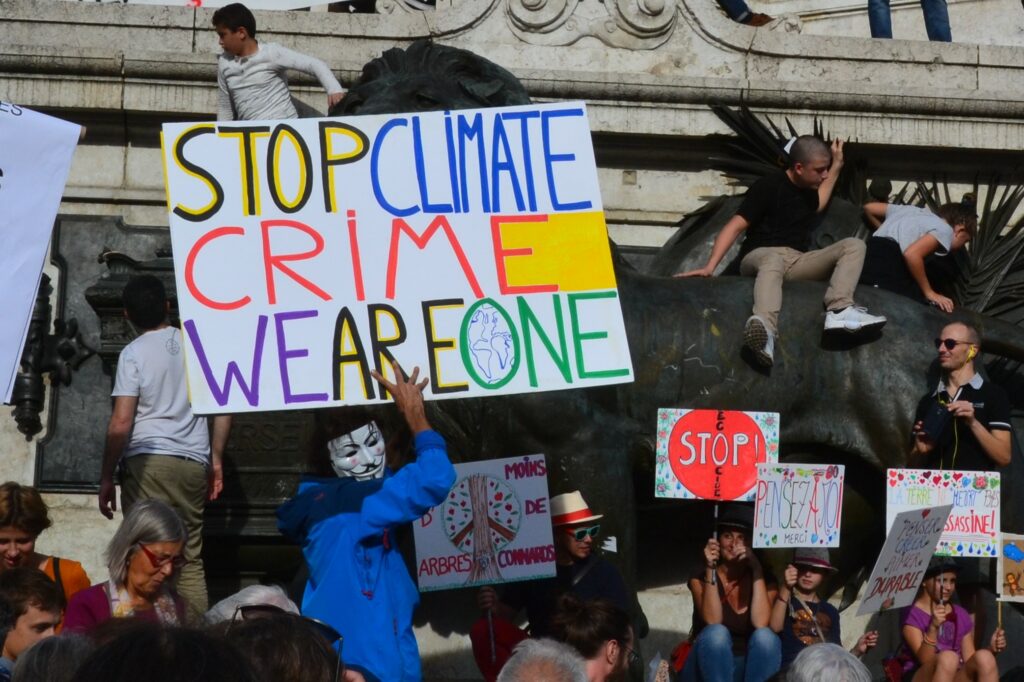
The Intergovernmental Panel on Climate Change’s (IPCC) ground-breaking Special Report on Global Warming of 1.5°C is a tough read. A hefty document, it draws from over 6,000 peer-reviewed studies. And its conclusions are grim.
In 2015, the Paris Agreement pledged to keep global warming below 2°C. The IPCC report says it’s not enough. A lot of scary consequences are buried in that innocuous-sounding half a degree, including floods, food shortages, droughts, and the complete destruction of our coral reefs. More than ever, there’s a sense of urgency about the future.
But it’s not all doom and gloom. The report outlines numerous things we can do to keep temperatures down. Innovation plays a huge part. That’s why we’ve made the 1.5°C Challenge the theme for Founders of Tomorrow 2019. Over the week-long bootcamp, we’ll explore how disruptive thinking, innovation, and technology can create new solutions and inspire change.
Heleen de Coninck was one of the coordinating lead authors on Chapter Four: Strengthening and Implementing the Global Response. So she was the perfect person to chat to about innovation, and what we can do as a society to tackle this unprecedented challenge. She broke down the report’s main findings and insisted that though the global warming situation is critical, we don’t have to give up hope.

Image via Flickr
How did the IPCC report come about?
The report was written in response to the Paris Agreement. The IPCC was asked to assess the difference between a temperature increase of 1.5°C and 2°C. Back in 2015, there wasn’t much literature on the subject, and the IPCC bases reports on peer-reviewed literature. Initially, it was unclear as to what we could say on the subject, but eventually, many researchers started to publish work, and in the end, we had a lot to assess.
How were authors chosen?
Governments nominate researchers. I was nominated by the Netherlands and the European Commission. The IPCC bureau then chooses from all the nominations and tries to balance experience and skillset. They also aim for a gender balance amongst authors, as well as a geographical balance. They want authors from all over the world. There are many countries that don’t have a strong research base and tend to be under-represented, especially the least developed countries in the IPCC.
What was your involvement as an author?
I led the chapter on implementing and strengthening global response, which is all about mitigation, adaptation, policy, finance, behaviour, and innovation.
What are the most important things that need to be implemented?
There are no steps which are not important. The report demonstrated that the difference between 2°C and 1.5°C is severe. In order to have a shot, we need to implement a number of systemic transitions. It’s not just about making changes in energy supply, or agriculture, we need to change society and how the whole system works. Things like infrastructure, which is very important, but also business models, and the way we think about life.
This sounds very broad, but there’s nothing we can afford to exclude. In the short term, we need to reduce energy consumption and switch to low-carbon energy supplies. We need to change the way we produce food, and reduce meat and dairy consumption. Industry needs to shift to different fuels. Materials need to be substituted for more bio-based ones. Our cities need fewer cars and more collective, non-motorised, compact transport.
It’s important to emphasise that by implementing these changes, our cities become healthier and more liveable. That’s also one of the conclusions of the report. Yes, staying below 1.5°C means reduced climate impact, but it also involves lots of benefits related to sustainable development goals.

Image by Kristoffer Troller
Sounds very doable in small countries like Denmark, what about countries with much larger populations?
China is implementing a lot, so it’s not just about the number of people. A key aspect is the quality of a country’s institutions and the capacity of its workforce. It’s about having well-educated people who know how to implement new technologies and adopt new practices. This includes policy makers and the financial sector, who need to figure out how to finance the huge investments needed. These are huge challenges, even in Denmark. Denmark doesn’t yet have the capability for really deep emission reductions, or even negative emissions. It has a very good base, it can probably act a lot quicker than other places, but more can be done. We shouldn’t just sit back and take it all for granted.
Does responsibility ultimately lie with institutions, or individuals?
Both. Institutions involve many different actors, including governments, municipalities, companies, and other entities like associations or neighbourhoods. It’s a collective effort made up of individual actions.
Every decision you make affects the temperature targets. Every ton counts. And it’s very easy to emit a ton of CO2. Your decisions matter, and what you do sets an example for others. If it becomes the new normal to bike or take public transport, or stop eating meat, a demand is created. If there’s enough critical mass, we can change the system. But you can’t do it all by yourself. If your government decides to build a highway and not a train line, there’s no other option. Change needs to come from both sides.
What are the obstacles?
In the IPCC report, we don’t mention one obstacle in particular, but on a personal level, I think it’s the people who benefit from the current systems, like fossil fuel producers, and industries that manufacture high-carbon products. Also, the governments that profit from the export of high-carbon products, whether they’re agricultural products, or meat, or energy, or fuels. If the benefits of the current system weren’t so big for a very powerful elite, it would be much easier to effect change.

Image by Jeanne Menjoulet
The US announced it would be pulling out of the Paris Agreement. How much of a setback is this?
They haven’t pulled out yet, because legally they can’t, but it’s a huge setback. At the same time, you’re also seeing fewer climate change deniers in the US. In the latest elections, there were a lot of candidates – even from the Republican party – who are acknowledging that something is happening.
Climate change is a reality and it’s becoming harder to deny. We’re conducting a huge experiment with the Earth. It’s super scary. But this shift in the US demonstrates a lot of support for climate policy. The absence of action at the federal level has spurred on an increase of action at the state and municipal level.
How do you feel about the future? Are you optimistic or pessimistic?
I think neither. I’m hopeful. If you’re optimistic, you’re not really being realistic. Many things are not going well. Emissions are increasing. With every ton emitted, the 1.5°C limit becomes harder to meet. But I’m also not pessimistic because I see lots of positive signs. I think we can change our future. It’s still possible. We would be foolish not to do it. We don’t have to give up hope, but we should be realistic about what works and what doesn’t.
What are some of the positive signs you’ve been seeing?
Enormous cost reductions in renewable energy supply options, especially wind and solar. At this point it’s becoming almost globally unattractive to build coal fired power plants. A lot of people are more interested in healthy transport options. The financial sector is coming around, even at the level of central banks. Implementing stress testing in their rules would be very powerful. Then we’d see a systemic shift. I see a lot of positive signs, even if they’re not yet reflected in CO2 emissions.
